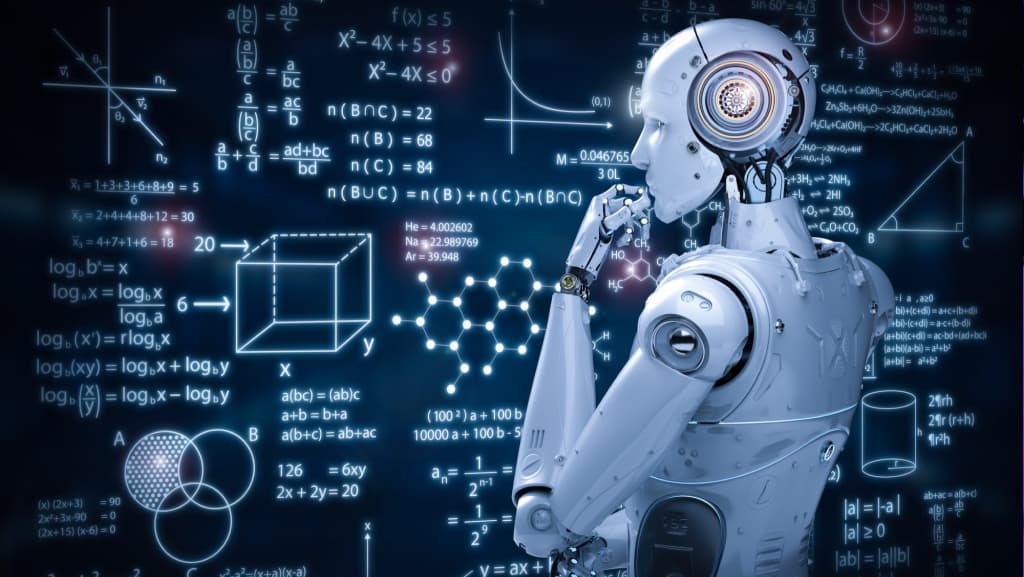
When AI Becomes a Loophole: Legal Risks of Deepfake Deception and Digital Evidence Manipulation
As deepfakes blur the line between fact and fabrication, a new wave of deception exploits AI’s visual flaws, threatening the credibility of digital evidence and the integrity of justice itself.
Technology is advancing at an unprecedented pace, and with it, the methods by which individuals exploit its vulnerabilities are evolving just as rapidly.
A striking new tactic involves the use of prosthetic fingers—artificial extensions designed to mimic the distorted or glitched hand renderings frequently seen in AI-generated images. Because many AI systems, particularly those involved in surveillance or media authentication, continue to struggle with accurately generating realistic human hands, these prosthetics are now being weaponised to simulate AI artefacts.
The goal? To sow confusion about the origin of video or photographic content, raising doubts about whether footage is real or artificially generated.
This deceptive technique highlights not only the limitations of AI perception but also a growing vulnerability in how digital evidence is evaluated, manipulated, and potentially dismissed. The implications for courts, investigators, and forensic examiners are significant and urgent.
Legal Implications: A New Frontier of Digital Doubt
This phenomenon introduces several critical challenges for the legal community:
-
Evidentiary Integrity: If a video contains visual anomalies resembling AI artefacts, can its authenticity be questioned or dismissed outright?
-
Burden of Proof: Who bears the responsibility of establishing the credibility of digital evidence, especially when it is challenged on the grounds of potential AI manipulation?
-
Tech Fluency in the Courtroom: Are lawyers, judges, and forensic experts adequately equipped to interpret and evaluate media that may have been generated or altered by AI?
The erosion of trust in digital evidence is becoming a global concern. Even authentic recordings are now met with scepticism due to the growing threat of deepfakes and synthetic media. As a result, litigants and investigators face mounting pressure to rigorously verify and defend the authenticity of their evidence.
You might find it relevant: New AI Systems Clash with Copyright Law
Real-World Incidents and Emerging Policy Responses
This issue is no longer theoretical. Recent incidents underscore the real-world impact of deepfake technology:
-
Hong Kong: Scammers used deepfake video to impersonate a company CFO during a virtual meeting, tricking employees into transferring over $25 million to fraudulent accounts.
-
United States: The Tools to Address Known Exploitation by Immobilising Technological Deepfakes on Websites and Networks Act (TAKE IT DOWN Act) was signed into law in May 2025. It mandates online platforms to remove non-consensual deepfake content, with a particular focus on intimate imagery.
-
European Union: The AI Act, effective from February 2025, restricts high-risk and manipulative AI applications. While it bans predictive policing and emotion recognition, critics argue that it still allows excessive leeway in areas like government surveillance.
-
California: New legislation requires AI tools to include deepfake detection capabilities and embed invisible watermarks in generated content, providing a digital “fingerprint” for traceability.
What This Means for Lawyers and Legal Professionals?
This is not a distant concern—it’s a current, pressing issue. The misuse of AI is no longer confined to tech platforms or fictional narratives. It is increasingly infiltrating real legal disputes.
Legal professionals must take proactive, informed action:
-
Collaborate with digital forensic experts to validate the authenticity of multimedia evidence in litigation.
-
Advocate for updated, clearer legal frameworks that address AI-generated and AI-manipulated content comprehensively.
-
Educate clients and corporate entities about how AI and deepfake technology could impact contracts, compliance, risk exposure, and litigation strategies.
What once seemed like a harmless glitch in AI art has now become a sophisticated tool of deception. If unchecked, this “loophole” could evolve into a serious blind spot in the justice system.
Also Read: AI Outperforms Law Students on Final Exams
Final Thoughts
If your organisation is facing challenges related to AI manipulation, digital evidence, or deepfakes, it is critical to seek legal guidance and stay informed in today’s digital age.
The legal landscape is being reshaped. Let the conversation continue, and let the law keep pace with the technology shaping our reality.
For any enquiries or information, contact info@thelawreporters.com or call us on +971 52 644 3004. Follow The Law Reporters on WhatsApp Channels